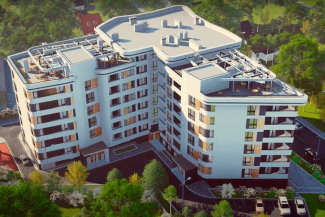Sustainable Spaces? Architecture shapes the built environment and how we connect with it. As environmental challenges grow, sustainable architectural practices become more important than ever. This post explores key design principles, new innovations, and how sustainability can create spaces that are both functional and beautiful.
The Importance of Sustainable Design
Sustainable architecture works to reduce buildings’ environmental impact. It focuses on using resources efficiently. For instance, architects emphasize energy-saving methods, smart material choices, and reducing waste. They also apply passive design strategies. These include maximizing natural light and ventilation. As a result, buildings consume less energy and offer greater comfort to occupants.
Innovations in Architectural Practices – Sustainable Spaces
New technologies have transformed architecture. Tools like Building Information Modeling (BIM) let architects visualize and analyze designs in detail. This improves decision-making and teamwork. Additionally, eco-friendly materials such as recycled steel, reclaimed wood, and sustainable concrete are becoming popular.
Another trend is biophilic design. This connects people with nature by including plants, water features, and natural elements inside buildings. This design promotes well-being and lowers stress.
Sustainable Certifications and Standards
Architects often seek certifications like LEED or BREEAM. These prove a commitment to sustainability. The certifications set standards for energy use, indoor air quality, and sustainable materials. They help ensure buildings meet strict environmental goals.
The Role of Community and Culture – Sustainable Spaces
Architecture reflects local culture and identity. Architects consider climate, traditions, and local materials to create buildings that fit their surroundings. Moreover, involving local communities in design builds pride and a stronger connection to the space.
Conclusion
Looking ahead, architecture will keep evolving. It will blend new technologies with sustainable practices. By focusing on sustainability, architects can craft healthy, resilient spaces. These spaces will serve people well and protect the environment. Sustainable spaces ensure future generations inherit buildings that are both useful and responsible.
![]()







